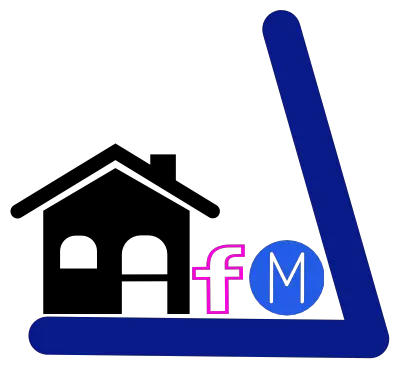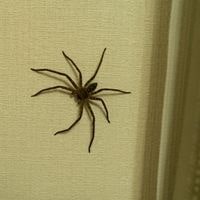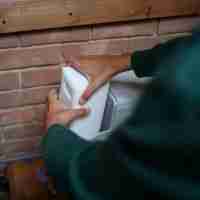Decorative Wood Panels for Walls
Decorative wood panels for walls. Homeowners have used wood panelling as an interior wall covering material for centuries.
It offers a warm, elegant look to a room, and it also doubles up as a strong defence against wear and tears on interior walls.
There are many different wood panels and wall textures to choose from, possessing different quality and aesthetic values.
If you’re looking to add some pizzazz to your home or want to jazz things up with some additional protection for your interior walls, check out the following types of wood panels that each hold its unique appeal.
Decorative Wood Panels for Walls
1. Flat Panel

Flat panelling, a combination of square and rectangular planks, sits at a 90-degree angle to your walls and frames them from the ground up.
Like traditional wainscoting, this type of wooden panelling is three-dimensional and offers warmth and depth to otherwise bland walls.
The trim frames your walls much as you would see in classic decor with an added modern appeal through the use of Wood.
A flat panel is also known as flush panelling or simply planks for short. Still, according to many homeowners.
It’s best not to do the framing yourself because timber framing requires precise measurements, which are best left to professionals.
2. Beadboard

It is essential to know that beadboard panelling was first introduced in Victorian times.
This wood wall panelling system consists of vertical, narrow wooden stiles interlock in a tongue and groove pattern.
It is also called wainscoting. The protruding edge of the planks (tongue) fits into its neighbouring slot (groove). In the past, this system was built by skilled craftsmen.
Nowadays, you can find ready-made beadboard panels made from vinyl, MDF, or Natural Wood. You need to glue or nail the planks to the wall.
3. Tongue and Groove

Tongue and groove are used to describe any wood with a groove cut into the side of one board, and a groove cut into the end of the other.
The tongue of the other board will stick out from this groove, which results in a seam that’s completely hidden from view once everything is installed correctly.
In terms of appearance, it’s very similar to shiplap and can achieve the same look.
Shiplap panels are pieced together using rabbets on either side of each board, whereas with tongue and groove.
You don’t need rabbets because one board projects outwards from the other rather than slots inside.
4. Reclaimed Wood

Reclaimed Wood from old structures is a hot trend in interior design. It strives to combine modern layout and aesthetic with historical meaning that adds character to any home or office.
It’s essential to keep in mind the history of reclaimed Wood – although it is often repurposed, it comes with a sentimental story attached to it.
It can be recycled into many different types of furniture like coffee tables, chairs, cabinets, desks and more!
One-way homeowners are incorporating this “reclaimed” style into their homes is by adding rustic charm that returns value and highlights a historical significance with each piece of panelling.
5. Board and Batten

Board and batten were initially used for siding on barns. This type of wainscoting features panelling on the lower part of the wall rather than the entire surface.
The alternating narrow MDF or engineered wood panel strips are called battens.
Longer rails of moulding are applied horizontally between the upper and lower part of the panels before nailing them vertically on the wall.
This kind of panelling consists primarily of narrow boards that run vertically on the outside wall (as opposed to being applied horizontally like traditional wainscoting).
Related Posts




